P1456 is an OBD-II code that indicates an issue with your Honda’s EVAP system. To prevent fuel vapors from escaping into the atmosphere, your Honda’s EVAP control system temporarily stores them in a canister.
Through the intake manifold, it enters the engine and is burned. As well as storing fuel vapors resulting from refueling in the EVAP canister, the onboard refueling vapor recovery system also stores EVAP emissions.
EVAP control systems use leak detection methods to identify faulty components and vapor leakage that improve accuracy and frequency. This system has two parts: the EVAP canister side and the tank side.
Fuel tank filler caps that are loose or damaged will usually trigger these codes. Erasing the code and tightening the fuel tank filler cap will resolve the issue.
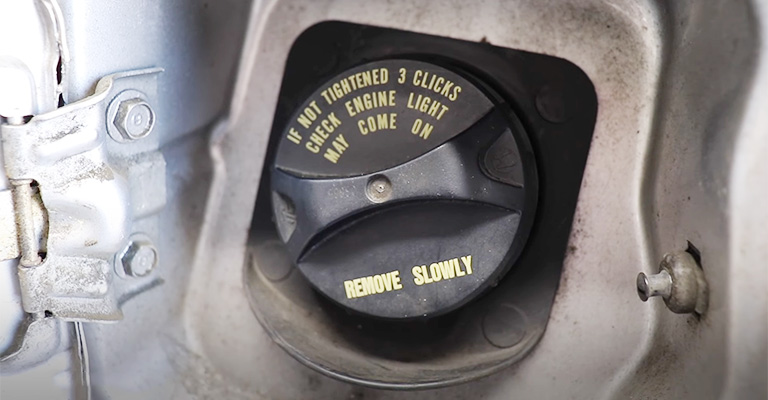
P1456 Honda Definition: Evaporative Emissions Control System Leakage Fuel Tank
Manufacturer-specific engine trouble codes begin with P1XXX. According to the model, it can mean a variety of things. A few different models of vehicles use the P1456 engine code, including Honda, Nissan, and a few others.
It indicates that the fuel vapor is leaking or that the engine is having trouble removing it. You can learn everything you need to know about it in the following short explainer.
It is related to the fuel temperature sensor in your vehicle that generates the P1456 code. Whenever the PCM detects voltage signals outside the range of the fuel temperature sensor circuit, it sets this setting.
A Ford vehicle with this code is most likely to have EVAP system and control system leaks, while Honda vehicles may have a similar code.
There is no standard definition of an abnormal value in the PCM. Even so, it indicates that the engine cannot operate normally due to the fuel temperature exceeding a predefined range.
What Does Engine Code P1456 Mean?
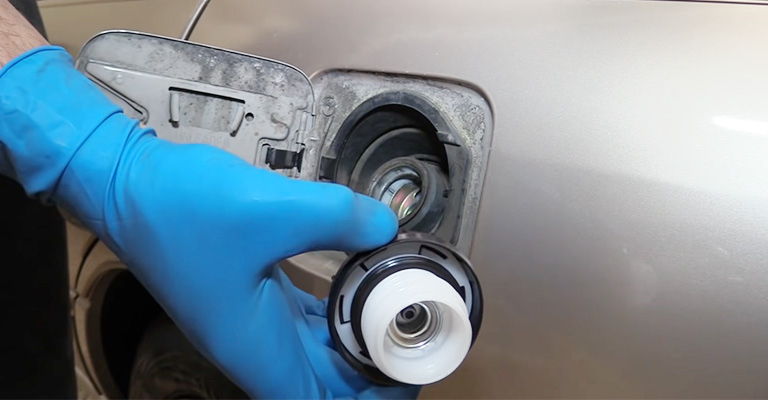
Using a square waveform, the temperature sensor continuously monitors all fuel passing through it so the PCM can analyze it continuously. As the PCM senses variation in temperature due to ethanol and other contaminants, the waveform frequency changes accordingly.
When the fuel is clean and uncontaminated, the waveform ranges from 50 Hertz to 150 Hertz. A maximum ethanol concentration of 85 percent in gasoline is not allowed, so a frequency of 150 Hertz is unlikely.
It is possible for contamination, such as water, to cause the wave frequency to increase and cause misfiring codes along with the P1456 code.
What Are the Symptoms of a P1456 Code?
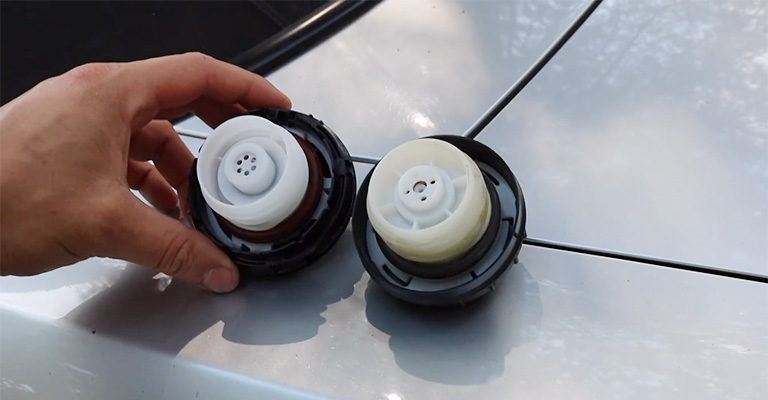
P1456 codes sometimes cause your dashboard to illuminate only with a Check Engine Light. In addition, depending on the fuel contaminants present, this code may be accompanied by misfiring codes.
There are plenty of ways misfires could occur, from barely noticeable to severe enough to cause stalling when stopped, as well as idling problems. In addition, you may notice a decrease in engine performance and hesitation when you accelerate. It is also possible that your vehicle might have hard starts when you turn it on.
What Causes A P1456 Code?
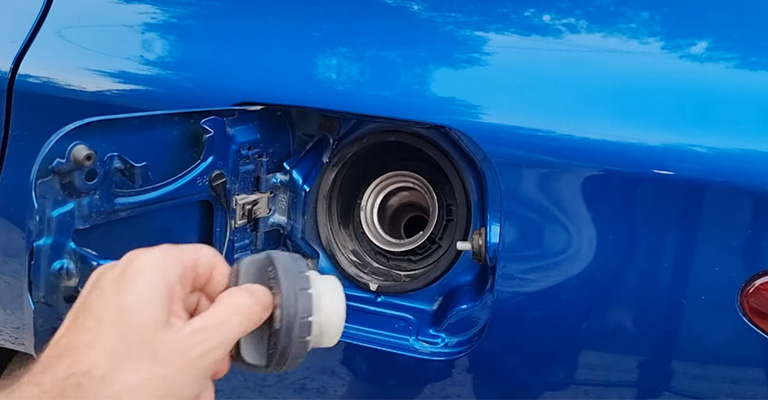
An Evaporative Emissions System leak causes a P1456 code, but the leak could be caused by one of the following factors. Common causes of the P1456 code include:
- An unknown substance is contained in the fuel filler cap
- A carbon canister with damage
- Cap off the fuel filler
- In the EVAP system, there may be leaks in tubes and hoses
- Using the wrong fuel filler cap
- There might be a problem with the fuel tank pressure sensor
- The cap on the fuel tank missing
- If you are unable to close the fuel cap, something might be obstructing it
How To Diagnose A P1456 Trouble Code?
It is necessary to use a good OBD-II (onboard diagnostics) scanner to diagnose the P1456 error code. After allowing the vehicle to cool down for about four hours, perform the leak test.
In order to test the leak, the engine must be cool and act as a baseline. Furthermore, you should fill your fuel tank between 15% and 85% of its capacity.
If you want to diagnose a trouble code on your car, you need to drive it for at least one cycle. The drive cycle is the period from when the engine is cold to when it is running at its operating temperature.
When the Vent Valve and Purge Valve are closed by the vehicle’s Powertrain Control Module (PCM), outside air will be prevented from entering the EVAP system.
PCM monitors the fuel tank pressure via the fuel tank pressure sensor as the engine draws a vacuum on the tank. An increase in a vacuum will alert the computer that there is a fuel vapor leak during the test.
P1456 error codes indicate that the EVAP system cannot maintain a vacuum for two consecutive tests, resulting in the ‘Check Engine light illuminating. When reading the error code from your OBD-II scanner, you will see if there is an error code present.
How To Fix P1456 Honda Code?
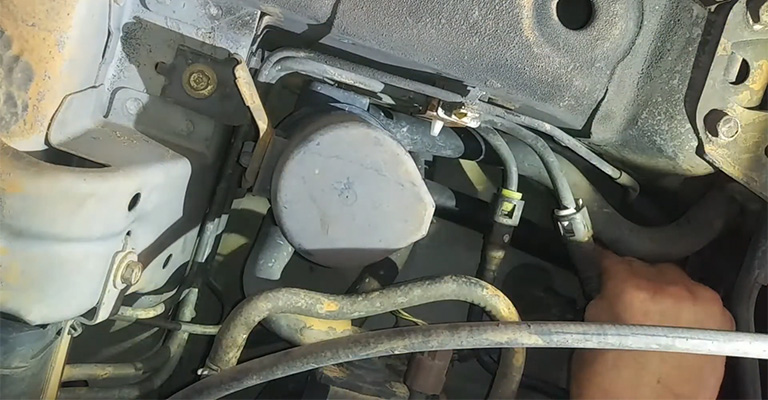
It is pretty easy to fix this code if you have it. First, ensure your cap is present and properly positioned by doing a visual inspection. The code should appear to be on the right, so try resetting it and continue troubleshooting.
You should ensure that the filler cap you are using is the correct one for your application if the code returns. Also, check the caps and seals for debris to make sure they aren’t clogging.
How Serious Is the P1456 Code?
Because ethanol can cause the engine to run roughly in older model vehicles that are not designed as flexible fuel vehicles by nature, the P1456 issue can be severe.
The presence of ethanol in most modern cars will not cause severe symptoms. However, water is a dangerous contaminant and needs to be treated. To avoid further damage to your engine, you should take your vehicle to a technician for inspection.
How Much Will It Cost To Fix A P1456 Code?
You should replace no major components of your EVAP system unless the problem is minor. For example, fixing a P1456 code will cost you less than $100. You will, however, have to pay up to $600 if you need to replace the EVAP system or canisters of your vehicle.
Can I Still Drive with a P1456 Code?
Most modern vehicles aren’t going to experience drivability issues when the P1456 code is present. However, you could experience rough idling or even engine stalling if your fuel is contaminated with serious contaminants.
When your vehicle suddenly stalls out, it can lead to potential road accidents, especially if you are driving in high-traffic areas. Therefore, driving with a P1456 code for extended periods of time is not advisable before having it checked out by a trained professional.
Final Words
An EVAP Control System (Evaporative Emission Control System) malfunction indicates the P1456 code. To prevent fuel vapors from escaping into the atmosphere, the EVAP collects and temporarily stores them.
Then, as part of the combustion process, the collected vapors are injected into the intake manifold of the engine via the intake valve. A P1456 code will be recorded if the fuel cap is improperly closed or if the purging system malfunctions.

Leave a Reply